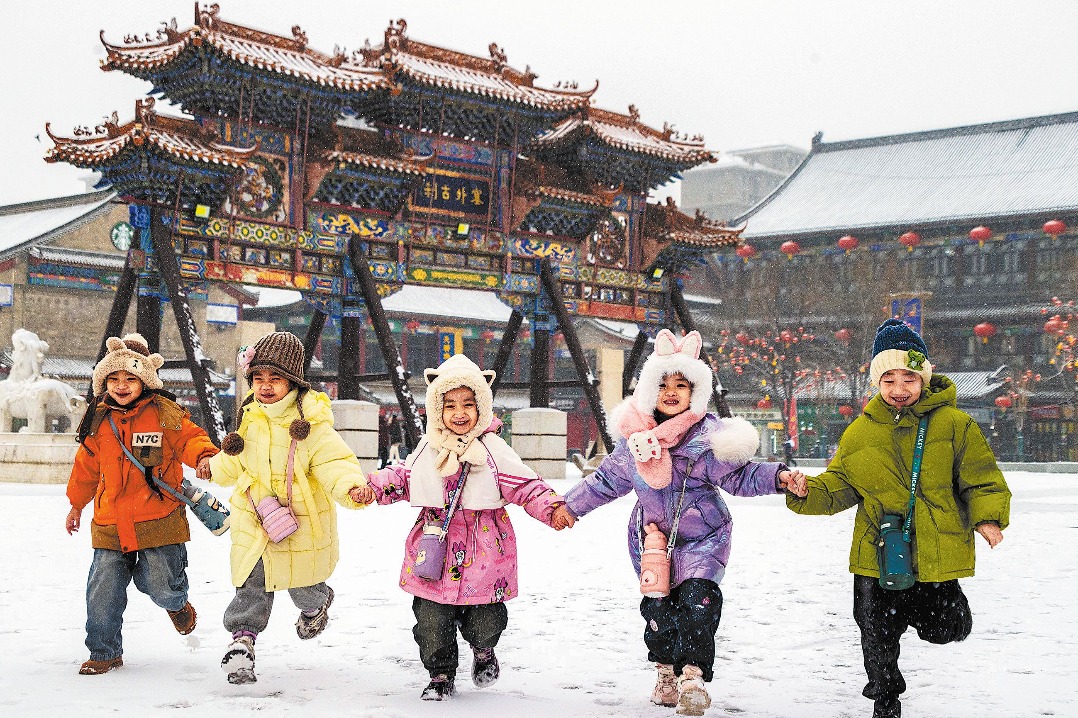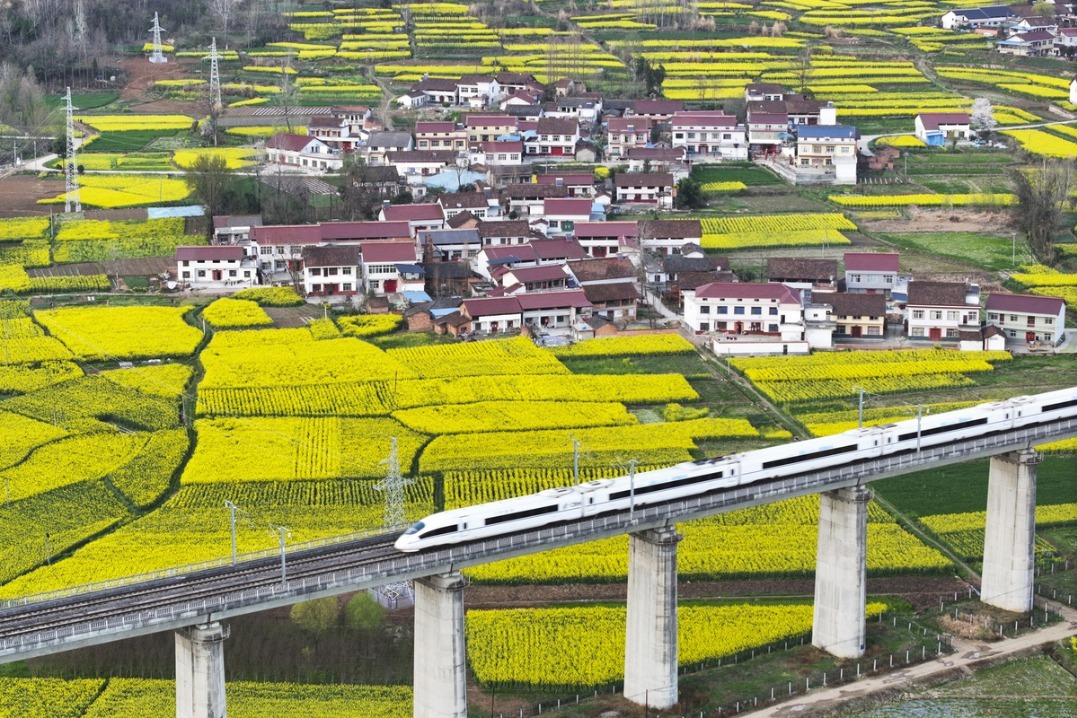China leads the way in revolutionizing toilets

The "Three-Year Action Plan for the Improvement of Rural Living Environment" was passed On Nov 20, 2017, at the first meeting of the 19th Central Leading Group for Comprehensively Deepening Reform. The conference chaired by President Xi Jinping marked a beginning of China's "toilet revolution" at the national level.
Fast forward to 1932, when China was facing a tough challenge both domestic and foreign, Shanghai's Oriental Magazine published a notice inviting people from all walks of life to contribute to their Chinese New Year's Dreams event. More than 140 people including the renowned scholars Lu Xun, Lin Yutang, and Hu Shi had published 244 articles envisioning China's future.
Among them, the words of Zhou Gucheng, a professor of Jinan University, are the shortest and most powerful. "My first dream of a future China is that everyone has the opportunity to sit on a close-stool."
In China today, flush toilets have become the basic amenity for most families, and public toilets can be easily found everywhere in most cities. There were only 500 public toilets in Beijing in 1949, whereas in 2018, the number of public toilets in Beijing was 19,008, ranking first in the world among megacities. Within the city's Fourth Ring Road, there are about 20 public toilets per square kilometer, and people can find toilets within 5 minutes of walk. China is now concentrating on cracking this tough problem in its rural regions.
Toilet revolution is also a global topic. According to the World Toilet Organization, there are 2.4 billion people in the world who do not have toilets or live in environments with poor toilet hygiene.
This has caused a large number of diseases in some countries as the direct sewage pollutes soil, food and water. As an important measure of the tourist services, toilets are sometimes regarded as the key to a country's reputation and investment confidence. The Singapore Public Toilet Association believes that the total amount of time a person spends in the toilet in his or her entire life is more than three years, so that the toilet is vital to both individuals and a country.
In China's traditional culture, toilets were once a modest thing, and one would treat it normal that the toilet is smelly. However, with social economic advancement, clean and hygienic family toilets have become the norm. In some densely populated areas and tourist attractions, public toilets are in short supply. In particular, some toilets are dirty, messy with poor facilities, which can easily give tourist a bad experience.
Therefore, be it rural revitalization or sanitation improvement, toilet construction renovation has become indispensable in local livelihood projects.
Zhou Yibiao, professor at the School of Public Health of Fudan University, says the toilet revolution not only promotes the improvement of infrastructure and environmental sanitation, but also changes old ideas in rural areas. "The construction of toilets is conducive to controlling the transmission of schistosomiasis and intestinal diseases, and it has a far-reaching impact," he says.
The toilet revolution is anachronistic in different historical periods. Experts and scholars define the revolution as a gradual process aimed at improving public health and environmental quality.
The toilet revolution went from manure management in the early days of the founding of New China, to the primary health care in the 1980s, the creation of sanitary cities in the 1990s, through the improvement of the rural living environment today, and it is in line with China's overall development strategy.
According to the Ministry of Agriculture and Rural Affairs, as of the end of 2019, the penetration rate of rural sanitary toilets in China was more than 60 percent. As the"13th Five-Year Plan" came to an end in December 2020, the penetration rate of sanitary toilets in Tibet's farming and pastoral areas exceeded 45 percent; 85 percent in Henan's rural areas; 59.3 percent in that of Xinjiang; and 10.75 million households in Shandong's rural region completed the renovation of sanitation toilets.
The toilet is a measure of civilization and a footnote to China's development. The toilet reflects the changes in people's hygiene habits, affects the traveling experience of hundreds of millions of people, and the overall construction of China's beautiful villages. The toilet revolution involves taking on more responsibility.







Today's Top News
- China remembers victims of Nanjing Massacre, 88 years on
- New plan will be a road map for a stronger future
- Taiwan's character of the year a vote against confrontation
- Strengthened resilience key for economy
- Video sheds new light on Japan's wartime atrocities
- Xi: World yearns for peace, trust more than ever






























